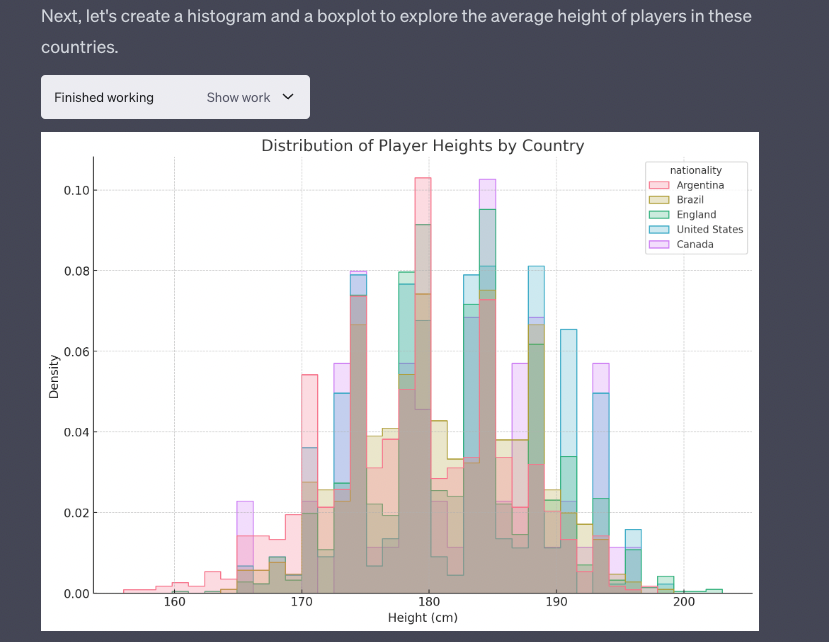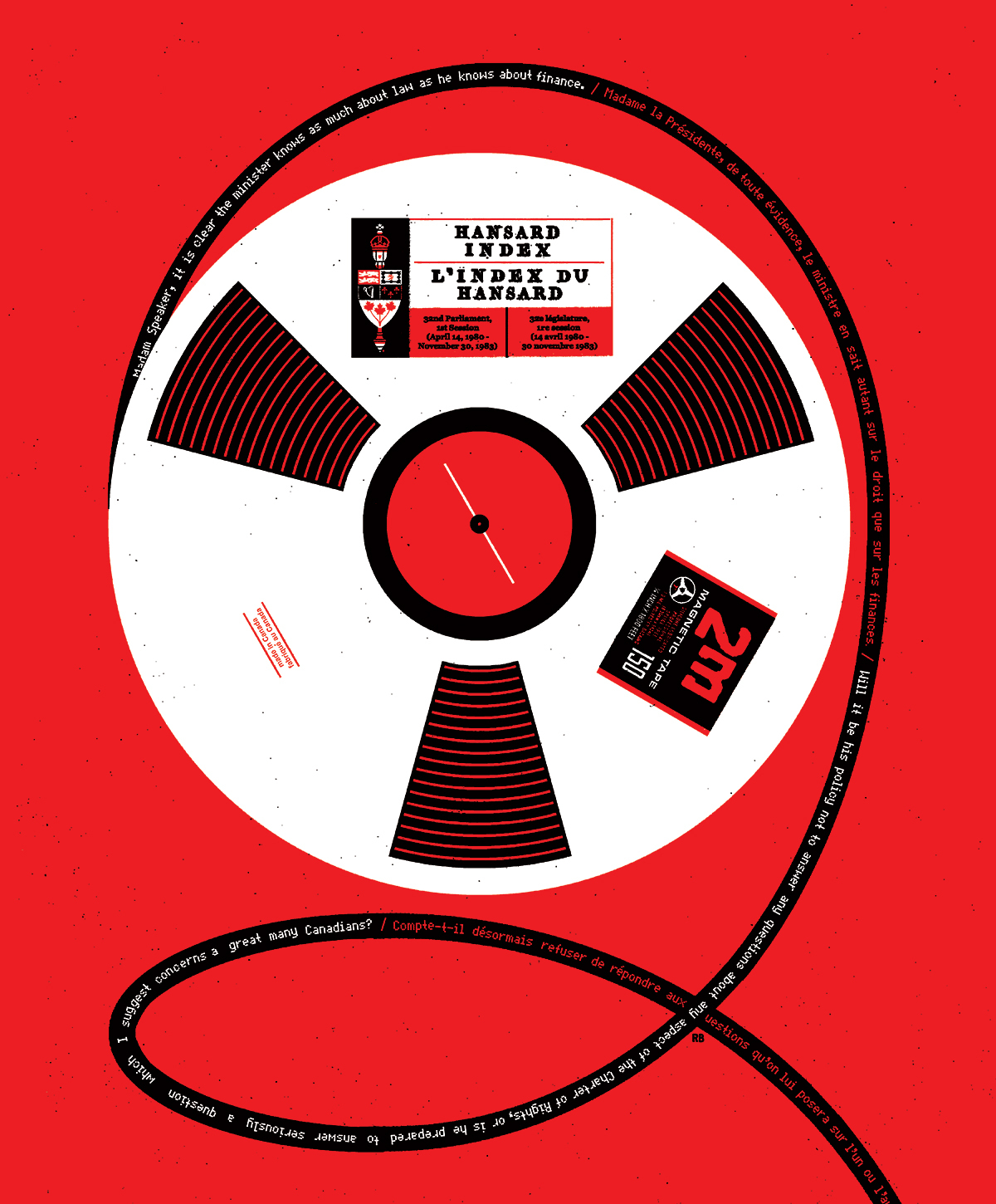Arun sent me the link to a good paper by Jeff Pooley on Surveillance Publishing in the Journal of Electronic Publishing. The article compares what Google does to rank pages based on links to citation analysis (which inspired Brin and Page). The article looks at how both web search and citation analysis have been monetized by Google and citation network services like Web of Science. Now publishing companies like Elsevier make money off tools that report and predict on publishing. We write papers with citations and publish them. Then we buy services built on our citational work and administrators buy services telling them who publishes the most and where the hot areas are. As Pooley puts it,
Siphoning taxpayer, tuition, and endowment dollars to access our own behavior is a financial and moral indignity.
The article also points out that predictive services have been around since before Google. The insurance and credit rating businesses have used surveillance for some time.
Pooley ends by talking about how these publication surveillance tools then encourage quantification of academic work and facilitate local and international prioritization. The Anglophone academy measures things and discovers itself so it can then reward itself. What gets lost is the pursuit of knowledge.
In that sense, the “decision tools” peddled by surveillance publishers are laundering machines—context-erasing abstractions of our messy academic realities.
The full abstract is here:
This essay develops the idea of surveillance publishing, with special attention to the example of Elsevier. A scholarly publisher can be defined as a surveillance publisher if it derives a substantial proportion of its revenue from prediction products, fueled by data extracted from researcher behavior. The essay begins by tracing the Google search engine’s roots in bibliometrics, alongside a history of the citation analysis company that became, in 2016, Clarivate. The essay develops the idea of surveillance publishing by engaging with the work of Shoshana Zuboff, Jathan Sadowski, Mariano-Florentino Cuéllar, and Aziz Huq. The recent history of Elsevier is traced to describe the company’s research-lifecycle data-harvesting strategy, with the aim to develop and sell prediction products to unviersity and other customers. The essay concludes by considering some of the potential costs of surveillance publishing, as other big commercial publishers increasingly enter the predictive-analytics business. It is likely, I argue, that windfall subscription-and-APC profits in Elsevier’s “legacy” publishing business have financed its decade-long acquisition binge in analytics. The products’ purpose, moreover, is to streamline the top-down assessment and evaluation practices that have taken hold in recent decades. A final concern is that scholars will internalize an analytics mindset, one already encouraged by citation counts and impact factors.
Source: Pooley | Surveillance Publishing | The Journal of Electronic Publishing



